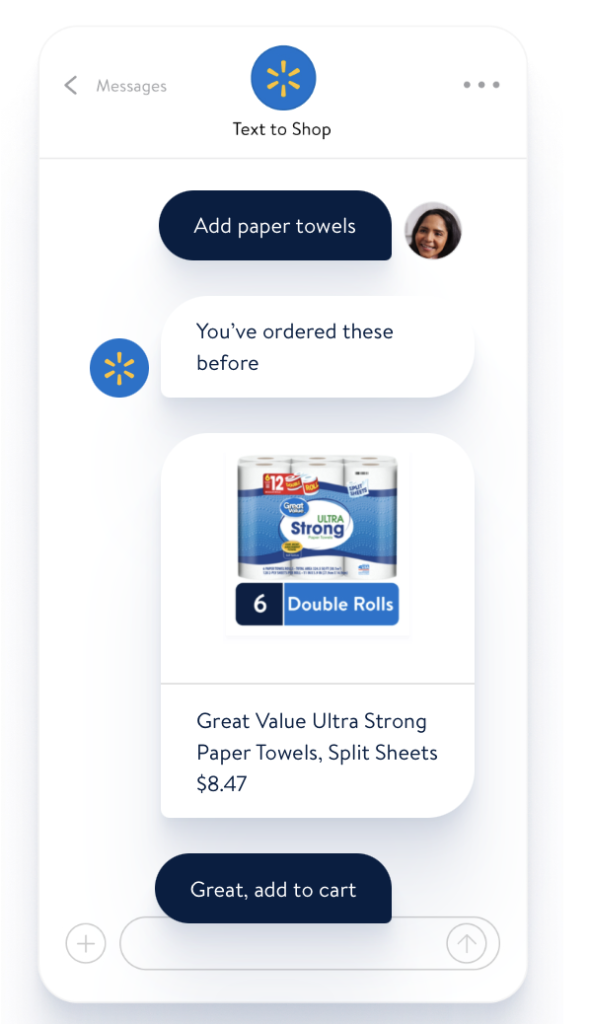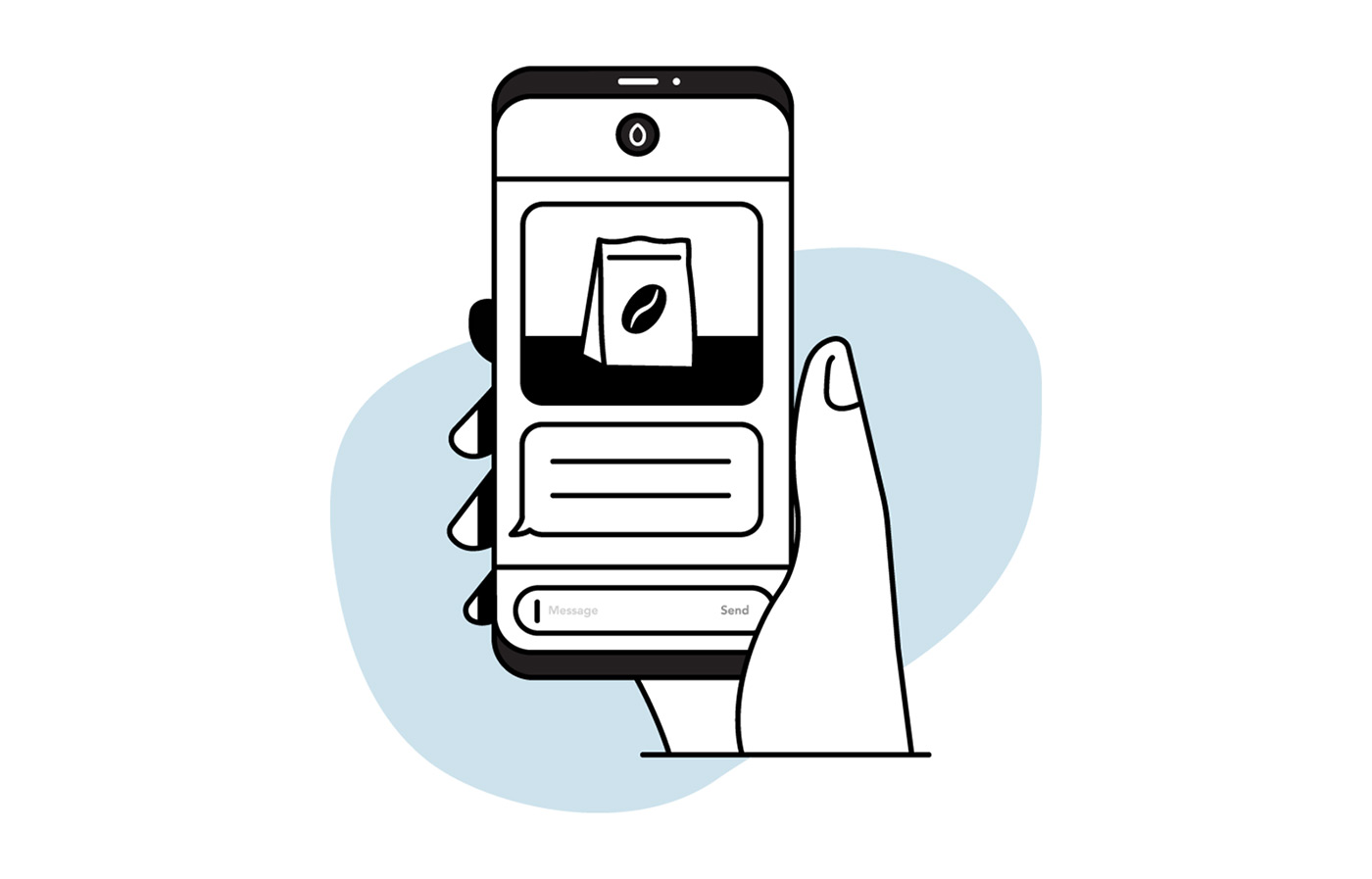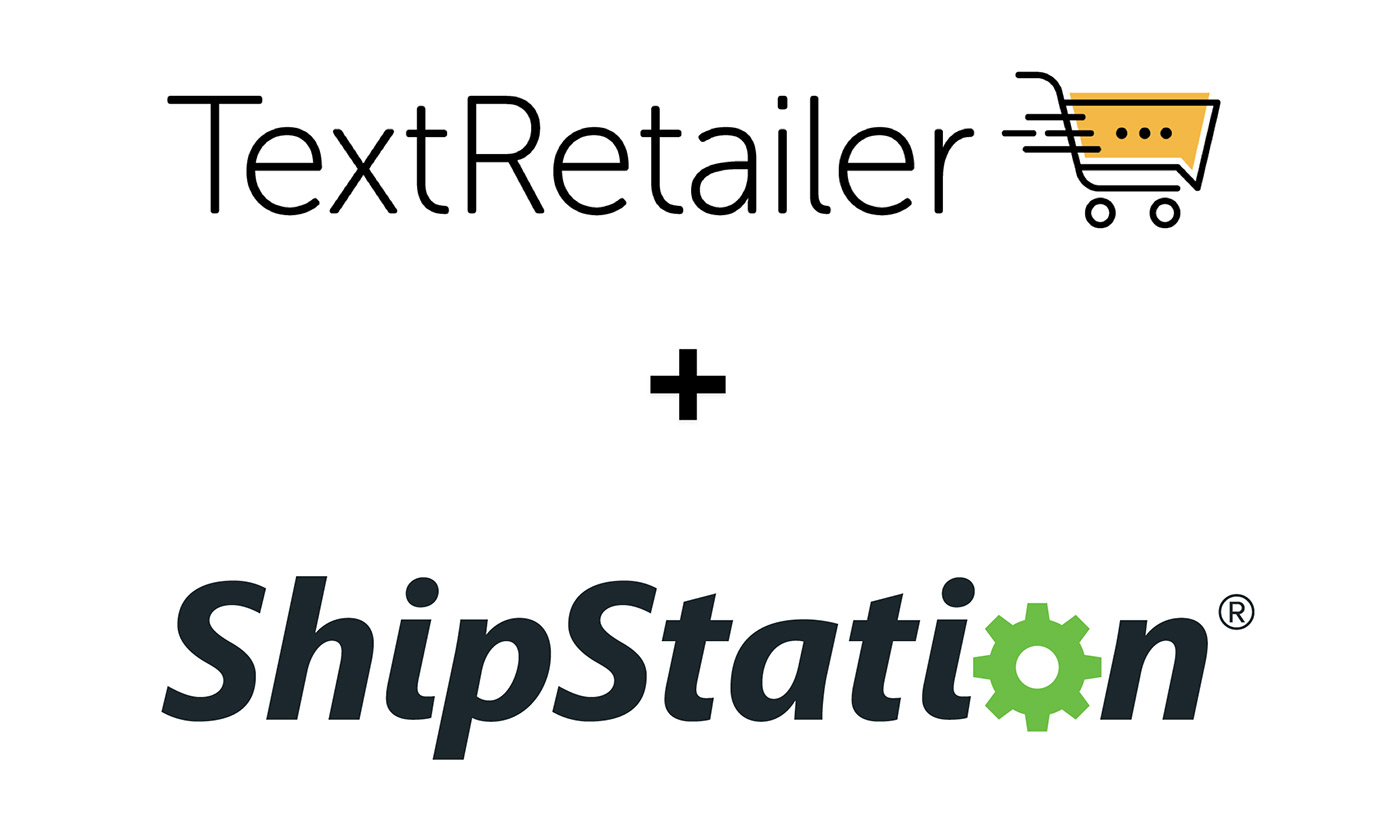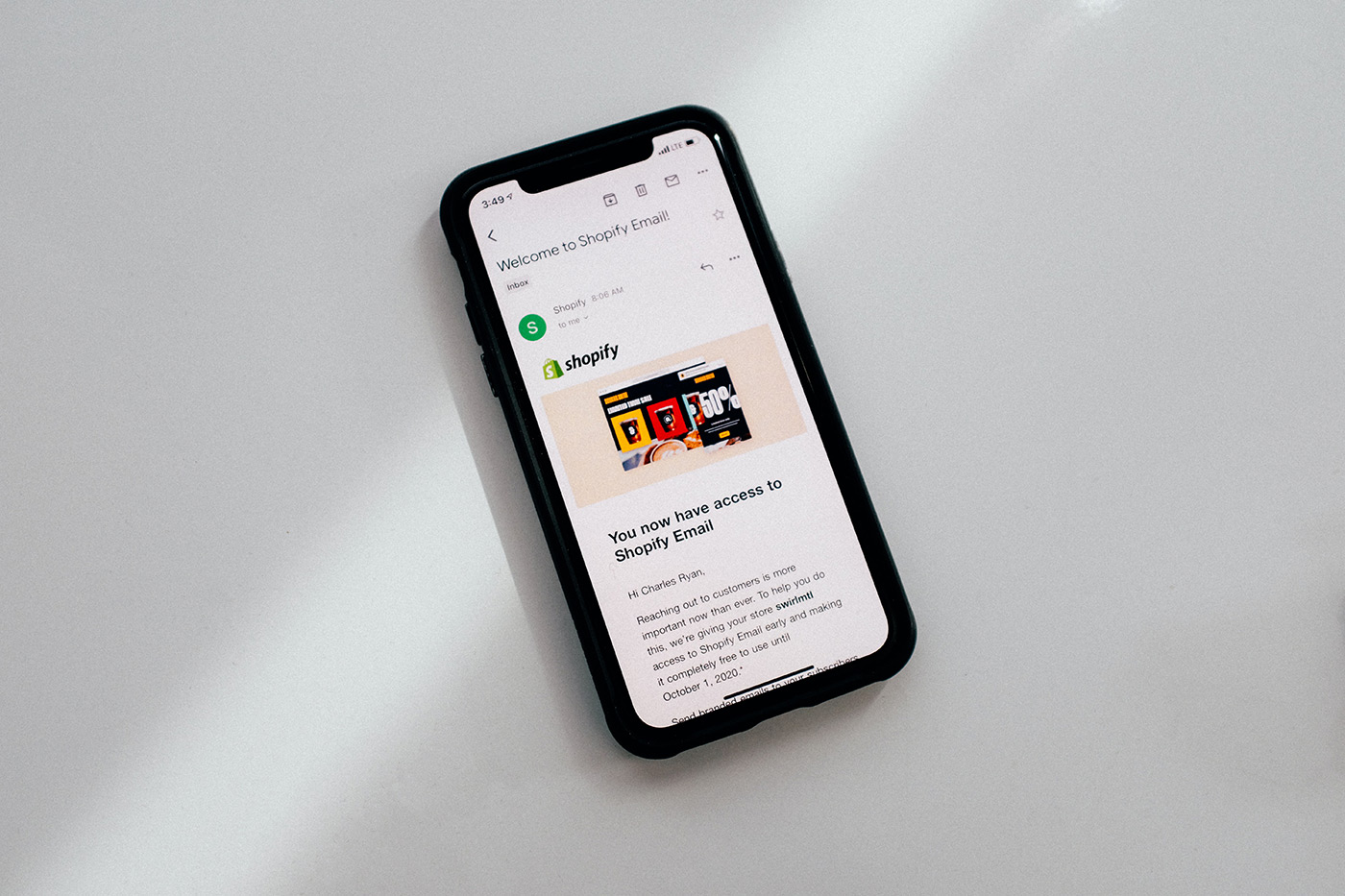You know shop by text is gaining popularity when the biggest names in retail start using the technology.
Walmart is one of the world’s leading retailers, even beating out Amazon with revenue of over $538 billion. They’ve recently invested in omnichannel and conversational commerce experiences in an effort to make shopping even more convenient for the customer.
“Shop by text” is one of those channels. Walmart aims to bypass the grocery list and simplify shopping by having customers add to their cart via text. It’s a signal heralding the wider growth of text shopping, a channel that is still in relative infancy.
“Easy and convenient” are the aims of text shopping – here’s how it’s working out:
What is “shop by text?”
Shop by text is a broad term referring to any text marketing initiative where the customer is able to place an order via text. It can take a few different forms; for example, TextRetailer offers “reply to buy”, which is a specific kind of text shopping where the retailer can send out an offer to the customer and the customer replies to the text if they want to purchase that offer.
Walmart’s shop by text program takes a slightly different format in that it allows people to add any item they can think of directly to their Walmart account via text. It’s like building up a grocery list as you think of it, except you don’t have to go and hunt down the products.
Walmart’s text to shop program
Walmart has added shopping via text as part of a wider foray into technology and conversational marketing. They hope that by adding the text shopping option, they can reach people who have a busy lifestyle and will appreciate the additional convenience.
The text to shop program is currently in a trial phase and only available to customers in certain areas as Walmart gathers data on the channel. A key benefit of their text program is personalization for the customer. Text to shop is connected with their Walmart account so it already “knows” their preferences. This means it is able to suggest items it already knows the customer prefers. For example, if you were to text to add bread to your cart, it would automatically look for brands you have purchased before.
As Walmart VPs in technology stated in an interview: “Think of the last time you were making pasta for dinner and realized you were nearly out of sauce. Then consider how easy it would be to simply ask your smartphone or speaker to add more pasta sauce to your Walmart cart, the moment you realize you’re low. Once your cart is full, you schedule grocery delivery or pickup using the same voice shopping experience.”
Walmart hopes that text marketing will be a convenient replacement for the “mental grocery list” so many of us try to hold in our brains. It’s much easier to remember everything if you’ve already added it to your cart via text!

Conversational marketing
Walmart’s text shopping is part of their wider exploration of conversational commerce. What exactly does this mean? Conversational commerce is about giving customers an experience that mimics how they have conversations in the real world. For example, chat apps fall under conversational commerce, like text marketing.
One of the success factors for companies that use text marketing well is their ability to have a natural conversation with the customer. While the technology has been around for a while, the pandemic saw increased usage of conversational mediums as companies and their customers found new ways to do business at a distance.
According to Juniper Research, sales made via conversational commerce channels like chatbots, digital voice assistants, and messaging will grow more than seven-fold from $41 billion in 2021 to $290 billion by 2025. Now is a great time to be testing out text marketing, among other conversational commerce technologies.
Voice technology
Voice technology is another aspect of conversational commerce that Walmart is exploring alongside text messaging. It is expected that 30% of ecommerce sales will be driven by voice shopping by 2030.
While Walmart isn’t there yet, they aspire to have shoppers adding to their carts via whichever voice assistant they use. For example, an Android user with a Google Home device might use the voice command: “Okay Google, add tortillas to my Walmart cart.”
Get your own text to order program
Maybe you’re not a huge brand like Walmart, but you can still leverage the technology that they use at the scale of your own business. Text marketing is well within reach of most small to medium businesses too, with plans and features to suit what you’d like it to do.
You can even use shop by text without having to set up a separate app or client account for checkout. Walmart’s works by connecting text messaging to the customer’s existing store account, then adding things to the cart as the customer thinks of them. There’s a bit of infrastructure behind it, which is expensive and time-consuming to build. In fact, theirs runs into the millions of dollars to put together.
Get “reply to buy” text marketing
For a smaller retailer, “reply to buy” text shopping can be an effective and profitable alternative, without the expensive infrastructure. Reply to buy is a feature we offer at TextRetailer. It works by sending out an offer via text to your list of customers. You might send it out to your whole list, or, you might segment the list and only send to groups who you believe will have the most interest in your offer. The customer then simply has to reply with the number of units they would like, then their transaction is automatically processed by the system and shipped out.
One of the benefits of this system for smaller retailers is that you don’t need an elaborate shopping cart setup behind it. With our reply to buy feature, customers set up their account details (such as shipping address and billing), and those live securely within the system. When you text them an offer and they respond to accept it, their account details are used to process the order. For smaller retailers, this means you can access the efficient shopping technology without a huge investment in infrastructure.
Of course the best part is that customers genuinely enjoy this service. You can look at examples such as Gary V’s “WineText” & Fellow Drops weekly coffee program. Their customers actively look for their daily text offers and contact them if they didn’t get one. When you come up with a text offer that people genuinely want, customers come looking for you!
Are you ready to build your own shop to text program? Get started with TextRetailer by scheduling a product tour.










